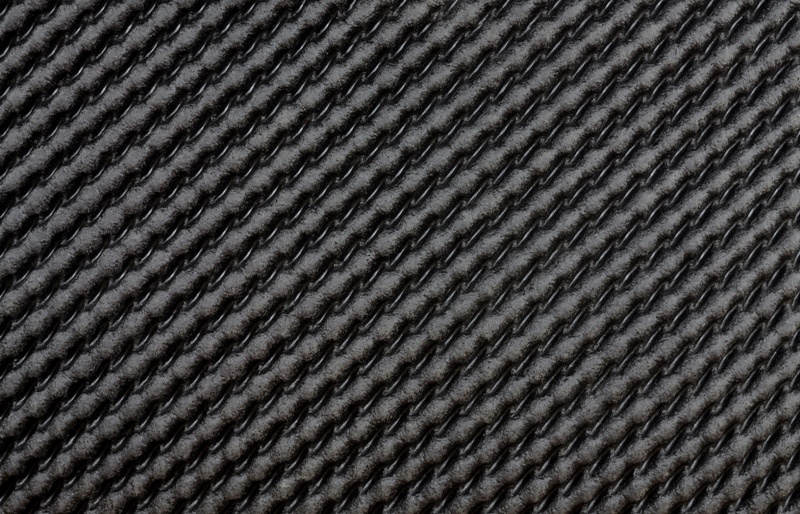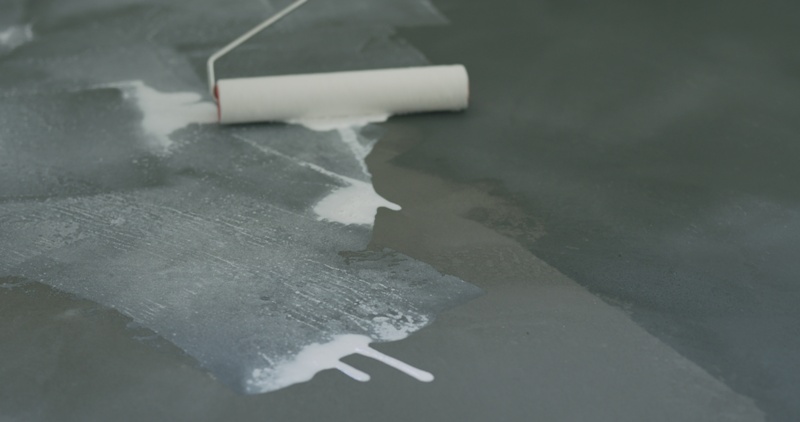Carpet tiles—from neutral tones to bright and colorful, plain to geometric, or even safari-inspired, are a surefire way to spruce up your floor. They make your space stylish and luxurious that they’ve become an increasingly popular DIY project. Square tiles are easy to install and make it a breeze to calculate how many you need for your area without spending so much.
Carpet tiles are likewise durable and last several years. They’re easier to replace when weathered by foot traffic, spills, and furniture damage. They are cost-effective solutions that make them beautiful additions to any home, office, or building.
You’re probably convinced that carpet tiles are suitable for your floor based on the advantages mentioned. But before you get too excited with your carpet tiles from Rawson Carpet Solutions, this article will give you a rundown on what you’ll need to put under them.
Didn’t think you need to put something else when they’re stick and peel, eh? In truth, subfloor sealants and different types of underlay are the secrets to your carpet tiles’ aesthetics and longevity. They can even benefit your flooring and your home in more ways than one.
What to Put Under Carpet Tiles
Installing carpet tiles is super easy and fun when you mix up colors and designs. There are a lot of sites and video tutorials to show you how it’s done. But there are probably a few articles such as this that tell you about the appropriate materials to pair it with.
Here are several things you may need to lay down before your first carpet tile. You can choose from any of the options below to suit how your carpet tiles can benefit you.
Sealers
Floors need to be prepped before installation. They can ensure floors are flat and even minimize tripping hazards and walking discomforts. You’ll need to put a sealer to prevent moisture from seeping into the base should spills occur. Sealing cracks and gaps on wooden or concrete floors prevent mold and mildew growth. Sealers also help maintain the floor integrity that it’s best to use one that is appropriate to the type of flooring you have in your home.

Underlays
Carpet underlays act as insulation for your chosen design as it increases the comfort of your flooring. They likewise increase their lifespan by acting as shock absorbers.
There are two types of underlay: acoustic and thermal. Acoustic underlays absorb sounds and lessen noise impact. Apart from keeping homes soundproof from noisy kids, they foster quiet learning and working atmospheres in schools and offices.
As part of a hospital and other elderly care settings, acoustic underlays aid recovery and ensure peaceful environments. They also make amenable additions when you list properties for tourists and visitors who desire the luxury and comfort of carpet-tiled floors.
Thermal underlays help trap warm air to keep rooms cozy. They also act as barriers that prevent cold air from entering. These types of underlays make homes energy efficient. In choosing thermal underlays, look for those with a higher TOG rating as it provides the more remarkable insulating ability.
You would need to consider your home’s unique circumstances when choosing between acoustic or thermal underlay. If you have multiple floors with constant foot traffic or active kids, then acoustic underlays can solve your noise issues.
However, if you have elderly family members, thermal underlays can cater to their comfort needs, especially during the winter months. If you desire both thermal and acoustic underlays, you can choose which rooms or areas can benefit from its added convenience.
Carpet Tile Adhesives
While most carpet tiles have a stick and peel feature, some require specialized adhesives to attach to floors. Spray and contact adhesives make installations easy. They also ensure that carpet tiles and the floor bond together to reduce dust between the carpet and the floor. Effective adhesives also help carpet tiles withstand constant pressures such as foot traffic, furniture weight, and other impacts.
Conclusion
Installing carpet tiles is an easy and inexpensive process. However, it requires several preparations so you can maximize the benefits of carpet tile flooring. First, it entails prepping up the floor to reap additional benefits aside from aesthetics. Sealing in the subfloor ensures structural integrity and prevents mold and mildew growth.
Besides sealers, installing appropriate underlay can help you increase your home’s floor and overall comfort. Acoustic carpet underlay allows you to reduce noise and sound impact. Thermal underlays, in contrast, give homes an additional layer of insulation during cold winter months. You also need to choose adhesives that set carpet tiles in place and ensure their resilience.
Sealers, underlays, and adhesives help ensure carpet tiles are durable and functional. Apart from guaranteeing support to carpet tiles against foot traffic rigors, they also help make homes, offices, and building luxurious and comfortable.






